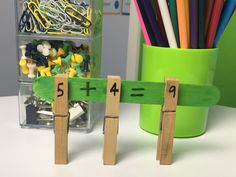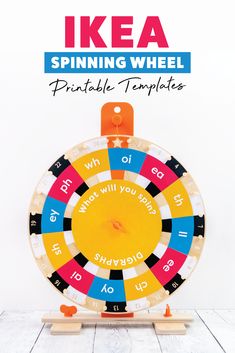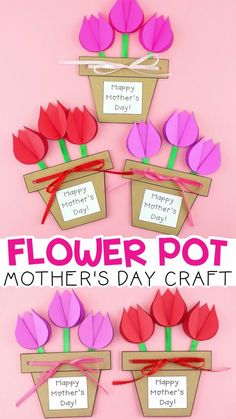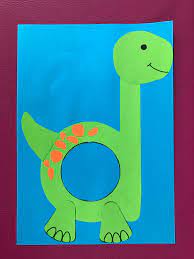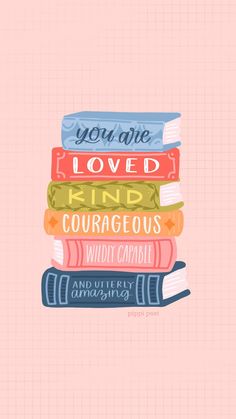Education is not just about textbooks and lectures; it’s also about engagement, fun, and interactive learning. One of the latest trends in modern classrooms is the integration of game-based learning tools to help students grasp challenging concepts easily. Among these innovative educational tools is the ever-entertaining spinning wheel. And guess who’s bringing this playful approach into the classroom with style? Ikea, a company famous for its functional, well-designed products and a knack for creating enjoyable experiences.
The spinning wheel concept has been around for ages. It’s been used in gameshows to award prizes, in board games for decision-making, or simply as a way of injecting randomness into activities. But now, it’s making a splash in the field of education with printable templates that teachers can use to customize their lessons.
Why Use a Spinning Wheel in the Classroom?
The benefits of using a spinning wheel in the classroom are multifold:
– It introduces an aspect of surprise and excitement.
– It helps cater to students with different learning styles, especially kinesthetic learners.
– It encourages participation from all students.
– It serves as an excellent tool for reviews and quizzes.
– It can be used to assign group tasks or discussion topics randomly.
How Ikea is Making it Happen
Ikea has taken this concept to heart by offering spinning wheels that come with customizable, printable templates. These templates can be tailored to any subject matter or skill level. For instance, teachers can:
– Create vocabulary or grammar games for language classes.
– Design spin-the-wheel math challenges.
– Develop history trivia reviews with questions on the templates.
Each template provides spaces where teachers can write questions or tasks related to the lesson. After printing out and attaching the template to Ikea’s spinning wheel, they can place it at the front of the classroom for a whole class activity, or use it in stations for small groups or individual play.
Printable Templates: The Ultimate Classroom Accessory
Ikea’s printable templates are not only flexible but also easily accessible. Teachers can download them directly from Ikea’s website or education resource pages that partner with Ikea. Once downloaded, they can print out as many copies as they need and write directly onto them or edit them on their computers before printing.
Here are some ideas on how to use Ikea’s printable templates based on different subjects:
Math:
– Multiplication/Division spin wheels.
– Angles and shapes for geometry review.
Language Arts:
– Story prompts generator.
– Grammar correction wheel.
Science:
– Experiment topic picker.
– Periodic table element quiz game.
Social Studies:
– Historical figures and events match-up.
– Current events debate topics chooser.
These are just a few examples. The beauty of these templates is their adaptability – whatever the topic, teachers can customize them accordingly!
Getting Started
To get started with Ikea’s spinning wheel and printable templates:
1.Visit Ikea’s website or resource page offering educational materials.
2.Download the desired template.
3.Print out the template and fill in your categories/questions/tasks.
4.Attach it to your Ikea spinning wheel.
5.Introduce it to your class and watch engagement levels soar!
Conclusion
Education should always evolve to keep up with new ways of engagement and learning styles. With companies like Ikea now contributing tools like spinning wheel printable templates, teachers have more ways than ever before to liven up their curriculum and make learning interactive and fun for their students. The spinning wheel can bring an element of unpredictability that keeps lessons fresh and students on their toes – because who knows where the arrow will land next?


